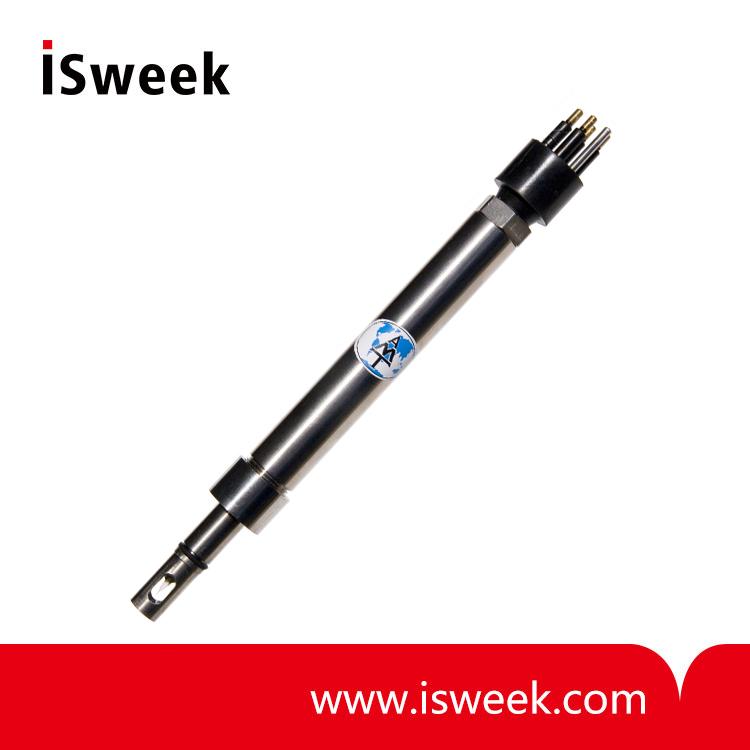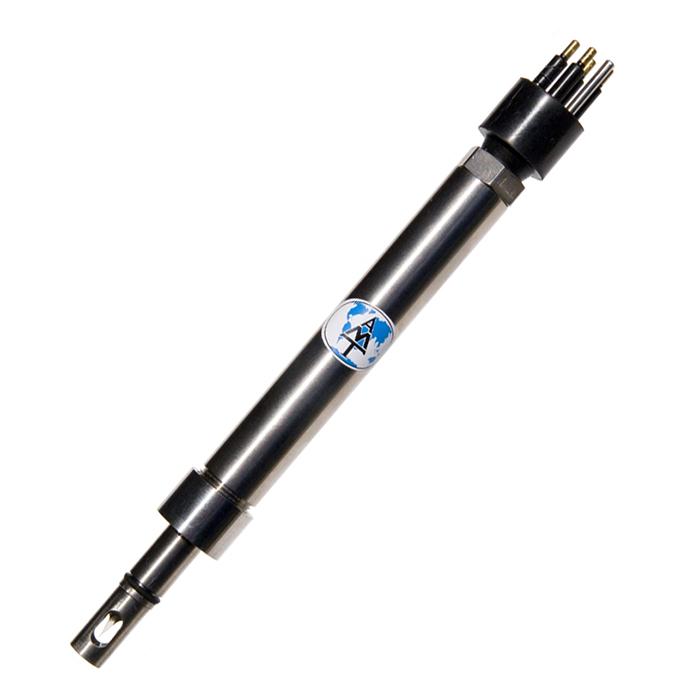Shallow Water Micro-sensor for Dissolved Hydrogen (H2)
-
Price
Price on request ≥1piece
-
Model Number
Dissolved Hydrogen -
Data Sheet
-
Package
Original packaging -
Specs
Dissolved Hydrogen -
Quantity
- +Send Inquiry
Find Similar Products
-
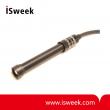
Laboratory Dissolved Oxygen Sensor
Model Number:DO1200
MOQ:1
-
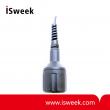
Submersible Galvanic Dissolved Oxygen Sensor
Model Number:DO6400/DO7400 Series
MOQ:1
-
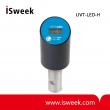
UVT-LED Sensor UV Transmittance Sensor
Model Number:UVT-LED
MOQ:1
-
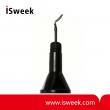
4-20mA Dissolved Oxygen Transmitters
Model Number:DOMA-10/DOMA-20
MOQ:1
-

Dissolved Oxygen Sensor for Oxygen Measurement
Model Number:SE 706
MOQ:1
-
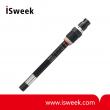
Memosens Oxygen Sensor
Model Number:SE 715
MOQ:1
Product Description
Shallow Water Micro-sensor for Dissolved Hydrogen
For very fast depth profiling with probe systems
The amperometric micro-sensor for shallow water has been developed for the fast insitu depth profiling of dissolved hydrogen with probe systems in natural waters and oceans. Because of the partial pressure of the gaseous H2 , the analyte is separated by permea-tion through the membrane. Inside the sensor the hydrogen reacts electrochemically at the working electrode. This causes a current corresponding to the partial pressure of the dissolved hydrogen.
The sensor has a very short response time of approx. 2 seconds for t 90% and streaming as it is well-known from all the other membrane covered electroche-mical sensors is not necessary, so that profiling with very high local resolution is pos-sible. Both turbid and coloured solutions do not interfere with the signal. For measuring the hydrogen concentration the sensor has to be combined with a temperature measure-ment.
The hydrogen micro-sensor is available for insitu measurements of depths of up to 100m and as laboratory version. All sensors are delivered with sensor slope, temperature compensation data and mathematical formulas for calculating the hydrogen concentration. The exchange of sensor heads is very easy and could be done by the customer itself. The alternative exchange tip for dissolved oxygen extends the sensors flexibility.
Technical data of Shallow Water Hydrogen Micro-sensor:
For very fast depth profiling with probe systems
The amperometric micro-sensor for shallow water has been developed for the fast insitu depth profiling of dissolved hydrogen with probe systems in natural waters and oceans. Because of the partial pressure of the gaseous H2 , the analyte is separated by permea-tion through the membrane. Inside the sensor the hydrogen reacts electrochemically at the working electrode. This causes a current corresponding to the partial pressure of the dissolved hydrogen.
The sensor has a very short response time of approx. 2 seconds for t 90% and streaming as it is well-known from all the other membrane covered electroche-mical sensors is not necessary, so that profiling with very high local resolution is pos-sible. Both turbid and coloured solutions do not interfere with the signal. For measuring the hydrogen concentration the sensor has to be combined with a temperature measure-ment.
The hydrogen micro-sensor is available for insitu measurements of depths of up to 100m and as laboratory version. All sensors are delivered with sensor slope, temperature compensation data and mathematical formulas for calculating the hydrogen concentration. The exchange of sensor heads is very easy and could be done by the customer itself. The alternative exchange tip for dissolved oxygen extends the sensors flexibility.
Technical data of Shallow Water Hydrogen Micro-sensor:
|
Measuring principle |
amperomety |
|
Power supply |
9 ... 30 VDC (others on request) |
|
Output |
0 ... + 3 VDC (others on request) |
|
Dimensions |
diameter: 24 mm, length: approx. 235 mm |
|
Connector |
SUBCONN BH-4-MP (others on request) |
|
Housing |
titanium, with integrated electronic device |
|
Measuring range |
0,0002 ... 1 mg/l (others on request) or dissolved oxygen sensor tip |
|
Resolution |
7,5 µg/l...0,5 µg/l per mV (output signal) |
|
Accuracy |
2% (measuring value) |
|
Pressure range |
up to 10 bar or laboratory version |
|
Response time |
< 2 s for t 90 % |
|
Average life time |
5...10 months |

